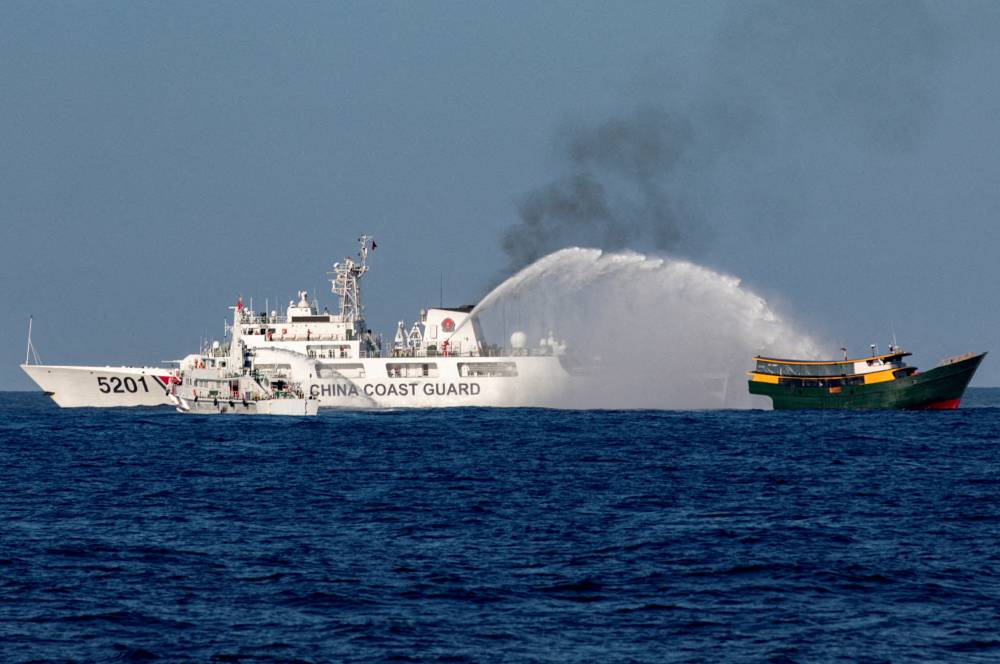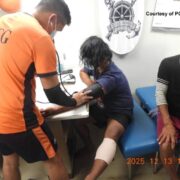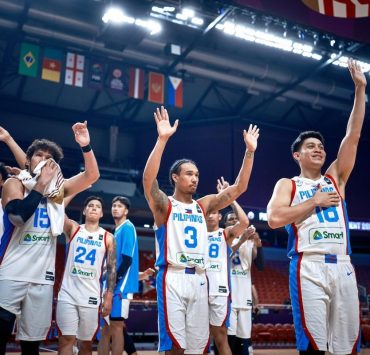Pinoys favor diplomatic solution to sea row with China–poll

A recent commissioned survey by Pulse Asia showed that a large number of Filipinos favored a diplomatic solution to the maritime dispute between the Philippines and China in the South China Sea.
The May 5 to May 9 poll asked 1,200 adult Filipinos nationwide two similar questions on how to handle the conflict and to choose their replies from multiple responses offered by the pollster on China’s growing aggressiveness in asserting its claims to nearly all of the strategic waterway.
To the question, what should China do in order to “ease the tension” between the two countries, the respondents were allowed to pick as many as they wanted from the various responses prepared by Pulse Asia.
The top response (64 percent) was for Beijing to “agree to a code of conduct to govern actions” of the countries claiming territories and waters in the West Philippine Sea or the South China Sea.
Following that, 61 percent wanted China to “remove” its coast guard and maritime militia vessels from Philippine waters and the country’s exclusive economic zone (EEZ).
Nearly half of the respondents (49 percent) chose seeking payment of “appropriate damages” from China for destroying Philippine coral reefs.
Trade relations
Taking steps to ensure that trade between the two countries is “equitable” was favored by 39 percent.
China’s expanded investments in the country, especially in manufacturing and agriculture, received support from 23 percent.
On the question of what could be the “most effective” measure to take to reduce tension between the two countries, the respondents were told to choose only one from five replies.
To “continue diplomatic discussions” on developing a code of conduct for claimant states in the disputed waters was chosen by the biggest number (41 percent) of the respondents. This echoed the support they expressed to the first question on what China should do to ease tension in the West Philippine Sea.
The pollster said 33 percent favored proposing a resolution to the United Nations General Assembly to win majority support from its members to force China to comply with the 2016 arbitral award.
Getting a “mediator” who will propose an agreement that will govern the actions of the Philippines and China in their maritime dispute was backed by 17 percent.
On US military aid
Only 8 percent said the Philippines should “request” US military support against China’s aggressive actions. The Philippines-US Mutual Defense Treaty commits both countries to come to the aid of the other in case it is attacked.
One percent said they didn’t have enough knowledge to give an opinion.
According to Pulse Asia, which did not identify the persons or group that commissioned the survey, 97 percent of their respondents were aware of information regarding the West Philippine Sea over the past year.
The release of the survey results came days before the eighth anniversary of the historic arbitral ruling that invalidated China’s claim to almost the entire South China Sea.
On July 12, 2016, an international arbitral tribunal issued a unanimous decision that voided China’s broad claims in the South China Sea and recognized the Philippines’ sovereign right to fish and explore resources within its 370-kilometer EEZ.
On the code of conduct, China and the Association of Southeast Asian Nations (Asean), which includes the Philippines, signed a nonbinding Declaration on the Conduct of Parties in the South China Sea (DOC) in 2002. The DOC seeks to de-escalate the conflicting maritime claims. Asean and China are still working on a binding code of conduct.
The Pulse Asia poll was taken before the June 17 attack by members of China Coast Guard (CCG) against Philippine Navy sailors on a resupply mission to the BRP Sierra Madre, the Philippine military outpost at Ayungin (Second Thomas) Shoal.
It was the most violent assault by the Chinese against Filipinos at Ayungin since China intensified its harassment and intimidation with water cannons.
In the latest encounter, one Filipino sailor was seriously wounded when he lost a finger following repeated ramming of their boats by the CCG vessels.
The CCG men, who brandished knives and axes, also punctured one Navy supply boat, destroyed its navigational equipment and confiscated several boxes containing disassembled rifles.
The attack drew condemnation of China from Filipinos—from administration officials, to lawmakers, ordinary folks and activist groups. Other countries, including the United States and Japan, also denounced China’s action
Note verbale
On June 26, the Department of Foreign Affairs said it sent a note verbale to Beijing over the June 17 confrontation.
President Marcos called the attack an “intentional, high-speed ramming” of the Navy’s resupply boats by Chinese forces.
“Although there were no arms involved, nonetheless it was still a deliberate action and it was essentially an illegal action taken by the Chinese forces,” the President said.
According to Mr. Marcos, the Philippines must “do more” than protest and that he would summon Chinese Ambassador Huang Xilian to explain the assault. —WITH A REPORT FROM INQUIRER RESEARCH

















